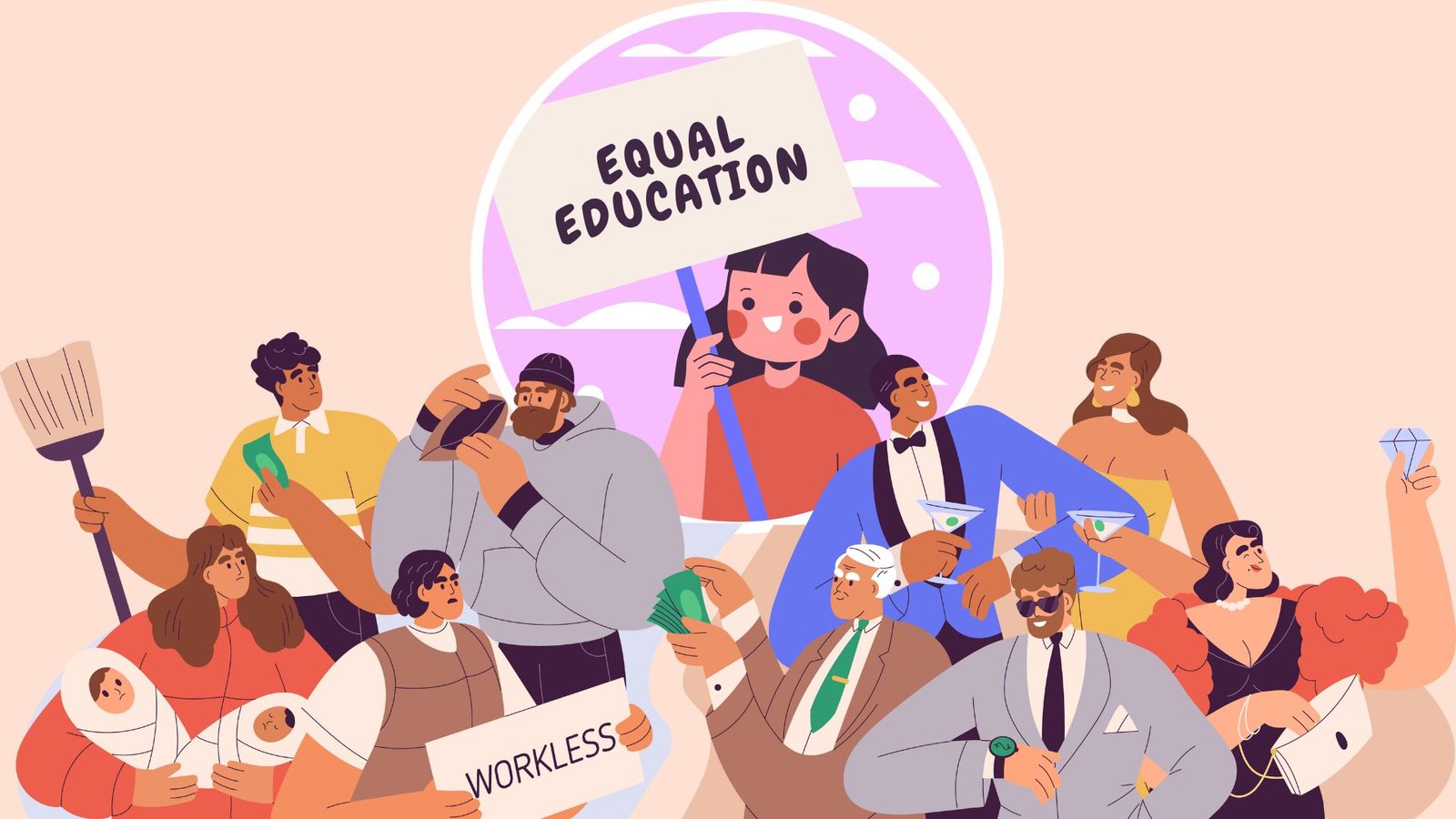Rethinking Patriarchy: A Multi-Faceted Oppression
When we, as women, step out into society today, the question arises: What forms of oppression have we endured? Is it solely rooted in the patriarchal structures imposed by men, or has the definition of patriarchy evolved over time? Traditionally, patriarchy has been understood as a system of power exercised by men, but is this the only source of oppression that women experience?
Tracing Oppression to Its Historical Roots
Let us revisit the Vedic period, a time when Brahmins adhered strictly to endogamy and caste-based practices. If a husband died, the fear of a widow remarrying outside her caste led to the practice of sati, marking the beginning of systemic oppression against women. On the other hand, if a wife died, the husband could remarry within his community, and if no suitable match was found, he could marry a girl child, leading to the rise of child marriage. This practice not only stripped young girls of their childhood but also denied them the chance to grow into autonomous women.
The intersection of caste and patriarchy laid the foundation for systemic gender inequality, embedding oppressive practices deeply into societal norms. This aligns with intersectionality theory, a concept developed by Kimberlé Crenshaw, which explains how different forms of oppression—such as caste and gender—intersect to create a compounded system of discrimination.
Present-Day Paradoxes
In today’s world, women are questioning patriarchal norms and striving for change. Many men are adapting to the ideals of equality. Yet, despite these efforts, it often feels as though we are stagnant or even regressing in our pursuit of gender equality. Why is this so? The answer lies in an often-overlooked dimension of oppression: women oppressing other women.
Consider a recent case from Mumbai, a metropolitan city far removed from rural or traditional settings. A Dalit divorced woman tragically took her own life due to the patriarchal mindset perpetuated by other women. Five educated, upper-caste women subjected her to relentless mental torment, spreading rumors about her and taunting her for choosing to leave her husband and return to her mother’s home. This constant harassment led to her untimely death. Such incidents beg the question: Are we so backward that divorce remains stigmatized? Is patriarchy solely the power exercised by men, or is it also an internalized form of oppression enacted by women against other women?
A similar case occurred in Kerala, where a Muslim woman faced severe backlash from her community for filing for divorce from an abusive husband. She was ostracized not only by men but also by women in her family and neighborhood, who accused her of bringing shame upon them. The emotional and social toll was so immense that she struggled with severe depression.
Another instance took place in West Bengal, where a young woman from an upper-caste Hindu family was harassed and shamed by her female relatives for choosing to marry a man from a lower caste. Despite her qualifications and independence, she faced daily humiliation from women who upheld caste-based patriarchal values, ultimately forcing her to relocate to another city to escape the psychological torment.
The concept of hegemony, as discussed by Antonio Gramsci, can be applied here. Gramsci argued that dominant groups maintain power not just through force but through cultural and ideological consent. In this case, women who have internalized patriarchal values act as enforcers of those norms, thereby sustaining the very structures that oppress them.
The Role of Internalized Patriarchy
A significant part of this problem stems from socialization. Often, girls are told by their mothers not to act outside of the socially defined norms for their gender. This same enforcement of patriarchal values is encountered in schools, colleges, workplaces, and even friendships—perpetrated by female teachers, colleagues, and peers. Pierre Bourdieu’s concept of ‘habitus’ eloquently explains this phenomenon: individuals internalize societal norms and expectations, which then shape their behavior and perceptions, making these norms seem natural and unquestionable.
Furthermore, Michel Foucault’s theory of disciplinary power can be applied to understand how patriarchal norms function through surveillance and regulation. Women constantly monitor and regulate each other’s behavior, reinforcing traditional gender roles and ensuring compliance with established social expectations.
This case highlights how women face oppression not only from men but also from within their own gender. A life has been lost—and for what? Where are we headed as a country?
Moving Forward: Beyond Education Towards Action
It is crucial to understand that education alone is not the panacea for changing perspectives. Many uneducated individuals demonstrate progressive thinking, while some highly educated individuals continue to uphold regressive ideologies. True change requires the collective will to question and challenge societal norms that perpetuate oppression.
Judith Butler’s theory of gender performativity suggests that gender roles are not innate but are performed based on societal expectations. If we challenge and disrupt these performances, we can begin to dismantle rigid gender norms.
It is not enough to gain knowledge; we must actively dismantle the structures that enable inequality and create a society rooted in empathy, equity, and justice. Only through collective action and critical reflection can we move towards a more just and inclusive future.


Very thoughtful articulated. Maybe if we can add more points in the next part of this article and explore educational advances which has developed our thought process in this aspect.
Very well written. Keep this going. All the very best.